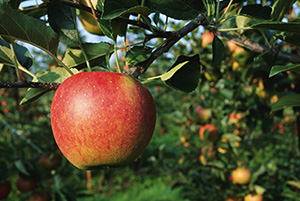
More than 300 synthetic food additives are allowed by the FDA in conventional foods. None of these are allowed in foods that are USDA certified organic.
by Joanne Henning Tedesco —
The following are interesting facts about children and their exposure to pesticides.
- The U.S. Centers for Disease Control reports that one of the main sources of pesticide exposure for U.S. children comes from their food.
- According to the Food and Drug Administration, half of produce currently tested in grocery stores contains measurable pesticide residues. Laboratory tests of eight industry-leading baby foods reveal the presence of 16 pesticides, including three carcinogens.
- According to the Environmental Protection Agency’s “Guidelines for Carcinogen Risk Assessment,” children receive 50 percent of their lifetime cancer risks in the first two years of life.
- In blood samples of children ages 2 to 4, concentrations of pesticide residues are six times higher in children eating conventionally farmed fruits and vegetables compared with those eating organic food.
- According to the EPA and the National Academy of Sciences, standard chemicals are up to 10 times more toxic to children than to adults, depending on body weight. This is due to the fact that children take in more toxic chemicals relative to body weight than adults, and that their organ systems are more vulnerable and less able to detoxify toxic chemicals.
- Currently, more than 400 chemicals are regularly used in conventional farming as biocides to kill weeds and insects. For example, apples can be sprayed as many as 16 times with 36 different pesticides. None of these chemicals is present in organic foods.
- More than 300 synthetic food additives are allowed by the FDA in conventional foods. None of these are allowed in foods that are USDA certified organic.
Source: U.S. Government Facts: Children’s Chemical Exposure via Food Products and www.epa.gov/envirohealth/children.
Joanne Henning Tedesco is editor of AzNetNews.
Reprinted from AzNetNews, Volume 24, Number 4, August/September 2005.





October 17, 2013
Children and Teens, Food, Nutrition and Diet, Fruits and Vegetables, Health, Organic